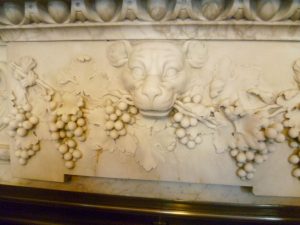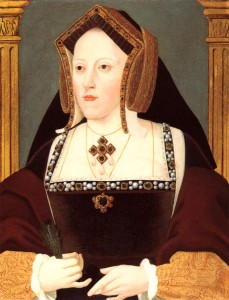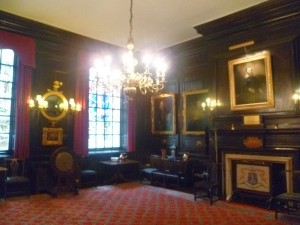When I was a child, The Armourer’s House by Rosemary Sutcliff, set in Tudor London,, was one of my favourite books. So when I heard that the Islington Archaeology & History Society had arranged a visit to The Armourers’ Hall, I jumped at it.

My first glimpse inside the Armourers’ Hall didn’t disappoint. I loved the red-carpeted staircase with a suit of armour either side and weapons on the walls.
Continue reading The Armourers’ Hall
Please share this page...



